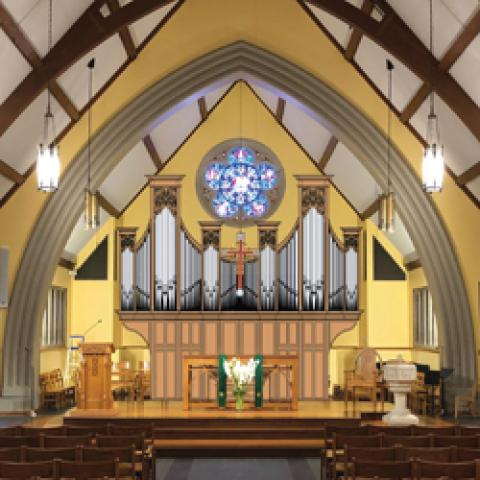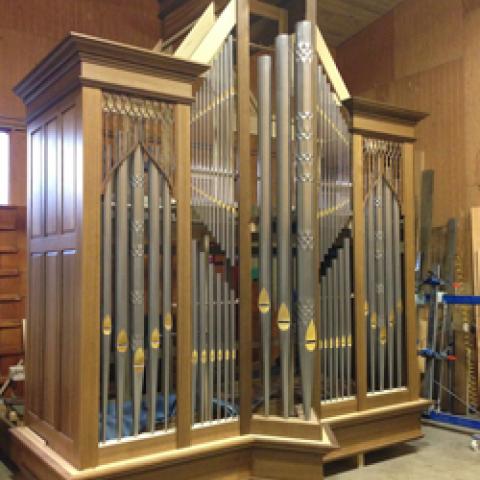Martin Pasi's Opus 15 is being installed at the Church of St. Paul and the Redeemer, Chicago. The church is located at 4945 S. Dorchester Avenue.
The instrument is a two manual, pedal, 27 stop instrument in a striking, rather modern case. Douglas Cleveland is the organ consultant.
See installation pictures of Opus 15 in St. Paul and the Redeemer, Chicago, Ilinois at:
www.pasiorgans.com/opus15ip.html.






